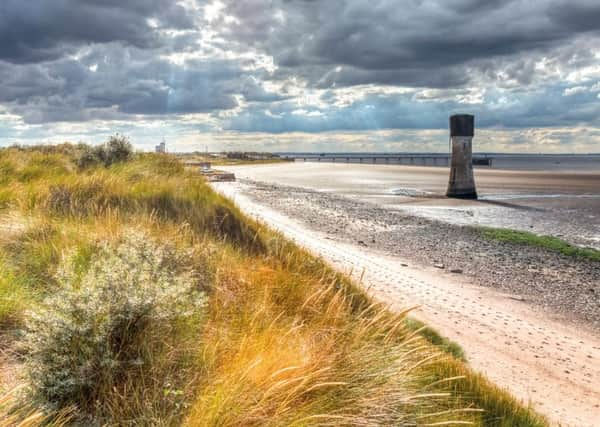Country & Coast: Stupid o'clock starts for Spurn Migration Festival


But those who visit have to set the alarm for stupid o’clock, because it’s in the early morning light that the biggest numbers of birds - known as “falls” - come down on the long spit of sand that dangles like a hook into the mouth of the Humber. This is when dramatic swarms of smaller species like warblers and pipits, swallows and house martins make their way southwards for the winter and take the opportunity of a brief rest and perhaps a quick meal, as though calling at a motorway service station en route.
There to greet them is a military-like array of high-powered lenses, scanning the thousands of common birds for more scarce species. And birdwatchers who get up in darkness to witness the spectacle are rarely disappointed. In recent days they have seen five-star birds like barred and icterine warblers, wrynecks and ortolan buntings.
Advertisement
Hide AdAdvertisement
Hide AdThe way birds funnel through Spurn during their migration has long been famous, and after military defences were abandoned there after the Second World War local ornithologists established the Spurn Bird Observatory, which is celebrating its 70th anniversary this year. A more recent acknowledgement of the peninsula’s attraction for birds is the annual Spurn Migration Festival, which runs between Friday and Sunday this week.
The choice of this particular weekend is based on the experience of birdwatchers over many years that early September is the time when the autumn migration starts building to a crescendo. Twelve months ago 138 different species were seen at Spurn in three days, with weather conditions particularly good for spotting seabirds moving along the coast.
Festival-goers who fear they might miss out a once-in-a-lifetime chance to record the landfall of a rarity can obtain a pager to keep them up to date with all the weekend’s bird action. There are also lectures by experts like the British Trust for Ornithology’s Nick Moran, whose theme is that migrants are now arriving earlier than ever, but are they staying longer?
Most visitors will want to be outdoors, however. Once when I was at Spurn I proved that I’m definitely not the best person to accompany in pursuit of interesting birds. Setting off to look for a red-backed shrike which had been spotted near the observation hide in an area called the canal scrape I was pursued by half a dozen other birdwatchers. We kept meeting others on the path who assured us the shrike was “showing” but, when we reached the location, it had gone.
Advertisement
Hide AdAdvertisement
Hide AdAn almost identical experience awaited me a couple of years later, this time while stalking some yellow-browed warblers. So if you meet me at Spurn you might have better luck following someone else.
For more details about the Spurn Migration Festival, see spurnmigfest.com